Boosting Your Homestead or Garden with Native Plants
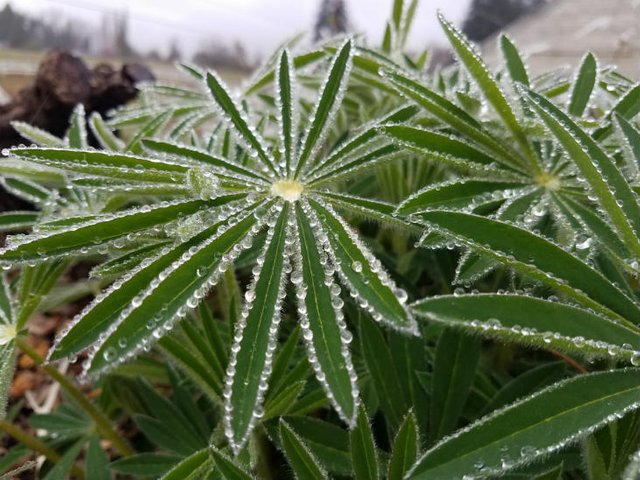
When I moved onto my homestead a couple years ago I took an approach that is not always common for a homesteader. I started planting thousands of native plants - even before building a garden. My first "garden" involved mixing vegetables in among all my newly planted native trees and shrubs.
So why did I got this route?
As a Wild Homesteader I believe that modern homesteading can help to bring the wild back to the land. This is not just to support the local environment. I believe that this actually makes a homestead more resilient to shocks and more productive.
In this week's blog post - 5 Ways Your Homestead Will Benefit from Native Plants - I cover 5 core benefits of planting native plants on a homestead.
5 Benefits Native Plants Provide to Your Homestead
- Support More Insects (and that’s a good thing!)
- Increase the Diversity of Life on Your Homestead
- Create a True Sense of Place
- Provide an Easy Low Maintenance Harvest
- Can Support Your Other Plants
Some of these benefits are not unique to native plants but that does not negate the benefit.
What benefits do you see native plants providing? Got any that I missed? Leave a reply with your answer - I would love to hear from you!
Planting Natives in the Garden and Near the House
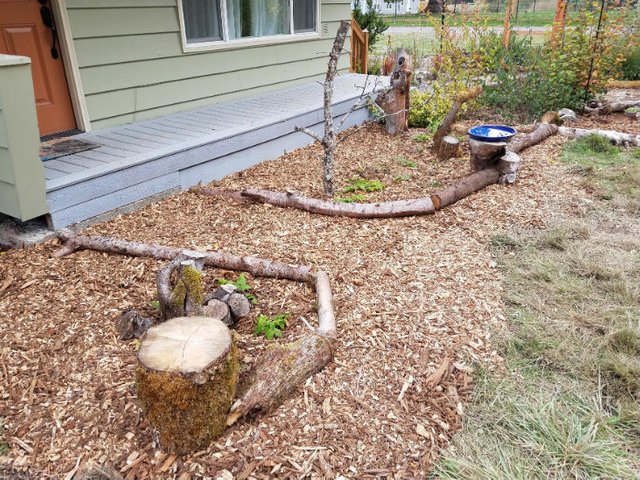
Newly planted native plant area in front of my house
Often it seems that native plants are kept on the edges of a property. Perhaps there is an area too wet for animals or food plants. Well that can just go wild. Or an area is too steep to do much - again just let it go wild.
I have taken a different approach and while I do have these wild edges on my property I'm also including native plants right up near my house and in my garden.
The above picture shows an area I'm just getting planted with a mix of native plants including a native strawberry called woodland strawberry. I will be adding more edible natives moving forward but I'm already getting turkey tail mushrooms from the logs I put there!
Turkey tail is an edible medicinal mushroom that is supposed to help boost the immune system.
In my new garden that I'm currently building I plan to grow a ton of traditional vegetables. But I'm also leaving room for some native perennial vegetables.
- Dwarf Checkerbloom: Has edible leaves and flowers with a mild flavor - can be cooked or eaten raw.
- Early Blue Violet: Has edible leaves and flowers with a mild flavor - can be cooked, or eaten raw and used in teas.
- Miner's Lettuce: Has edible leaves, stems and flowers. Very good for salads. Very shade tolerant.
- Nodding Onion: Strong onion taste but can be used like a regular onion. Greens can be harvested like chives or green onions.
- Oregon Stonecrop: Nice crunchy edible leaves with a nice flavor. Can be cooked or eaten raw.
- Pacific Waterleaf: Edible leaves with nice mild flavor that can be eaten raw or cooked. Also, has edible rhizomes that taste similar to Chinese bean sprouts. Very shade tolerant.
- Redwood Sorrel: Edible leaves/stems raw or cooked with a tangy lemony flavor. Very shade tolerant.
These 7 native perennial vegetables will provide a lot of easy to grow food for my family and I while also support a diverse mix of beneficial insects and other wildlife.
Sounds like a win win to me!
I can't wait to make a salad out of all these native greens with some freshly harvested tomatoes and berries thrown in on top.
What is a Native Plant and Why Should I Care as a Homesteader
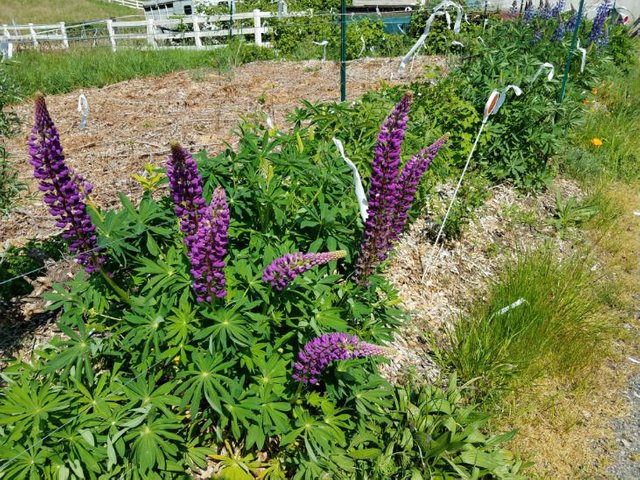
One of my hedgerows filled with a mix of native and non-native plants
Defining what is a native plant and what is not is something that always seems to confuse people and result in arguments. I'm going to share how I define native plants and hopefully avoid any arguments - just here to share.
For me a native plant is a plant that is fully integrated into the local food-web. That means there are animals (likely insects) that have specialized to use only that plant and perhaps other closely related plants.
It turns out that the majority of plant eating insects are very picky and only use 1 or a few native plants. The monarch butterfly is the classic example of this but the majority of plant eating insects are picky like the monarch.
So if a plant is brand new to an area the not picky bugs (generalists) will make use of it - but these are the minority. All the specialist - the picky insects - won't be able to use this new plant.
That non-native plant may still support the local ecosystem but it won't do so to the level of a native plant that is fully part of the local food-web.
This definition works for me and avoids the issues with trying to set a specific historical date that marks what is native and what is not.
Okay that is all great but how does that impact your homestead?
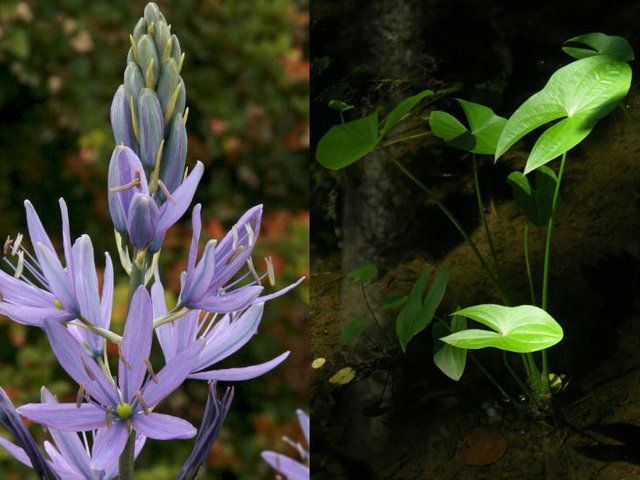
2 edible native staple crops for my area - Camas and Wapato
We all deal with pests on our homestead - those bugs and other critters that eat our vegetables, fruit, or berries. But these are the generalist bugs.
If all you plant are non-native plants than you just support the bugs that can eat those. But if you also mix in some native plants you can support the picky bugs.
That means there are more bugs (generalists plus the picky ones) which means more birds and predatory insects. The end result is more hungry mouths to eat the pest bugs.
On my own homestead I have noticed that my berries and fruits are being eaten less and less as I get more native plants planted. The bird life on my homestead has exploded during this time.
Hard to know for sure but it sure seems like something is working. I'm even getting more cherries from my cherry tree despite having more birds.
So the reason I care as a homesteader is that by including native plants I can get more food for my family and I without using any toxic chemicals.
And just to be clear I'm not saying don't grow your food crops. I'm planting fruit trees, vegetables, berries, etc. in addition to the native plants. I want to support my family from the land. But I'm also mixing in natives where I can - especially the edible ones!
Getting Started with Natives
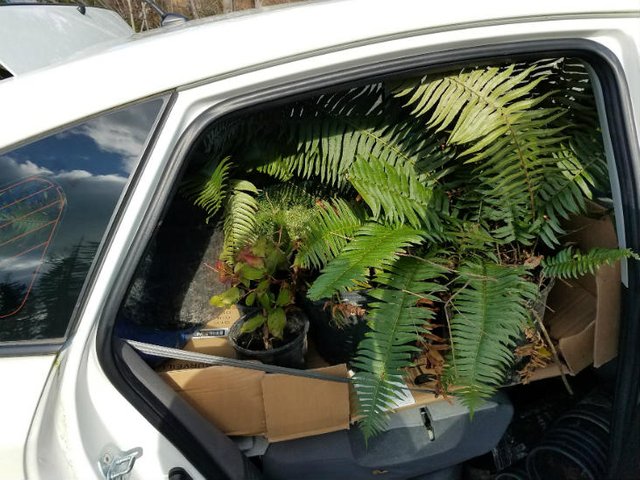
My car filled with native plants I salvaged from a development site
I hope you have enjoyed this post here on steemit. Each week I will be sharing my weekly blog post on steemit with either a summary and/or some bonus thoughts. This post is really some of my thoughts that did not all get into the blog post on the benefits of native plants.
So please check out my blog post - 5 Ways Your Homestead Will Benefit from Native Plants - to learn more about the benefits of native plants.
Also, if you are wanting to get started with native plants on your own homestead my blog post has a cheat-sheet you can signup to get that has a list of additional resources to find native plants for your area and learn what birds and insects each plant supports.
The last recommendation I would make if you want to learn more about how native plants can benefit your homestead or garden is to check out the great book Bringing Nature Home by Douglas Tallamy. That is an affiliate link to Amazon but it really is a great book. I checked it out from the library and found it so useful that I bought it to add to my reference bookshelf.
Thanks for reading the post and I would love to hear what you think. Please share your thoughts in the comments and I would love to hear what native plants you are growing or harvesting on your property.
This post was shared in the Curation Collective Discord community for curators, and upvoted and resteemed by the @c-squared community account after manual review.
@c-squared runs a community witness. Please consider using one of your witness votes on us here
Thanks for the shoutout @sagescrub! And I’m loving these native plant gardens and botanical photographs on this post.
Posted using Partiko iOS
You're very welcome @ofsedgeandsalt :)
Happy to hear you enjoyed the post :) and thank you @sagescrub :)
Once again, what an awesome post! I agree whole heartedly with using native plants, and it's so good to hear this from others. Sadly, even many gardeners are not aware of these things, while it should be as obvious as "if you go out in the rain you'll get wet". So once again, welcome to Steem! I'm looking forward to your future posts.
Thank you! :) I'm going to try to my older blog posts all on here and then shift to posting those once a week once I get caught up. On the other days I'm going to focus on sharing what I'm doing on my homestead and posts like the challenge one that you already saw. Thanks again and I hope you find my future posts enjoyable/interesting!
Hi. Welcome to Steemit. This is really an amazing community and I am happy to see new people on board. Keep sharing and writing about homesteading (and anything under the sun). Steem on. =)
Posted using Partiko iOS
Thank you! I'm having a lot of fun here so far :)
Congratulations @wildhomesteading! You have completed the following achievement on the Steem blockchain and have been rewarded with new badge(s) :
Click here to view your Board
If you no longer want to receive notifications, reply to this comment with the word
STOPTo support your work, I also upvoted your post!
I like adding native plants to my garden because they can attract native butterflies and other wildlife.
That they do! :) Which native plants have you added to your garden?
I enjoyed learning about some new to me natives. I am in a somewhat similar region to you in southern Oregon - not quite as coastal and not as arid as eastern OR/WA.
This year I am trying to propagate from seed some Western Mugwort, Camas, Arrowleaf Balsamroot, as well as many wild non-native plants.
btw, are you on discord yet? I'd love to invite you to our Homesteaders Co-op chat room, as well as a few others that I think you may enjoy mingling in :) https://discord.gg/t2faQnD
Thank you! There is so much to learn about our native plants - I know the trees and shrubs fairly well but still learning about the herbs.
I'm not on discord - I never tried it before but it has come up several times in the comments here on Steemit. Let me check it out and I will get back to you.
Yes there certainly are! I am very much a newbie to natives partly because I have only lived in this region for 1 1/2 years and also because though I hiked through native ecosystems as a youth I wasn't exposed to much more beyond that until I got into gardening and permaculture much later in my life. It is so fun to learn. I'll look forward to hear more about native plants in Olympia. You might check out Kelly of @ofsedgeandsalt who has a website https://www.ofsedgeandsalt.com/ where she not only provides botanical profiles of native plants (of Northern California and surrounding regions) which is probably helpful to us in OR and WA for the sake of being prepared for phytomigration and global warming. She also has a podcast and wildcrafts wild medicines.
I look forward to see you on discord if you make it on there! It can be accessed via website, mobile app or desktop app per your preference.
I will check out Kelly's site - thanks for the suggestion! I have been very busy and have not a had a chance to check out discord but I have not forgotten and it is on my list!
Thanks for the update. No worries. You are busy doing good things! Talk to you soon.